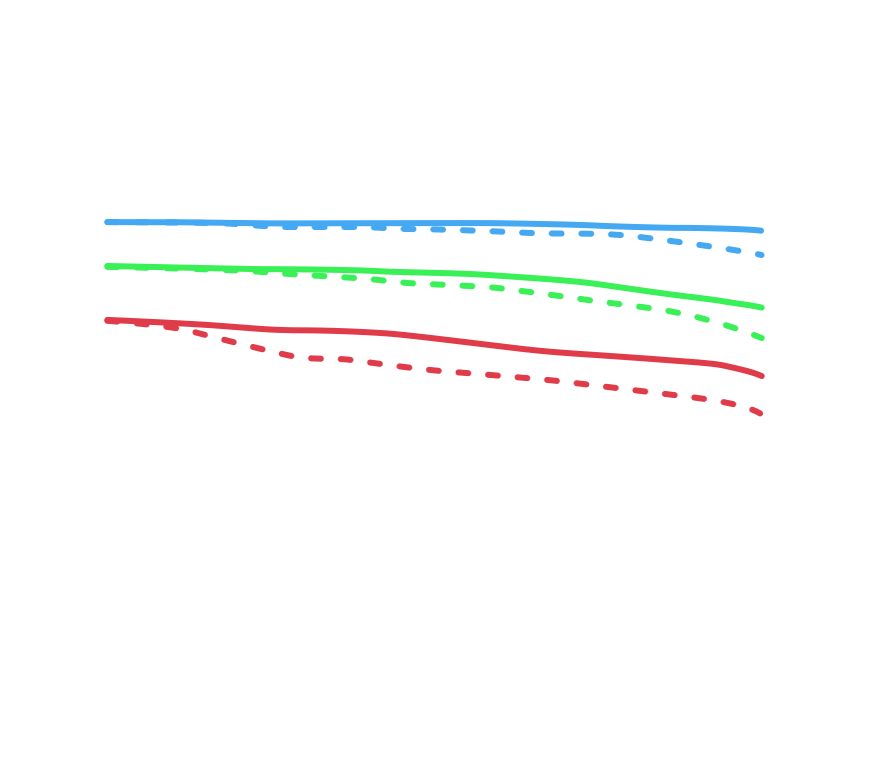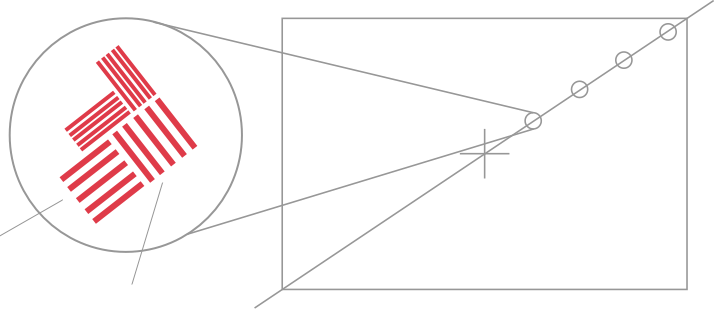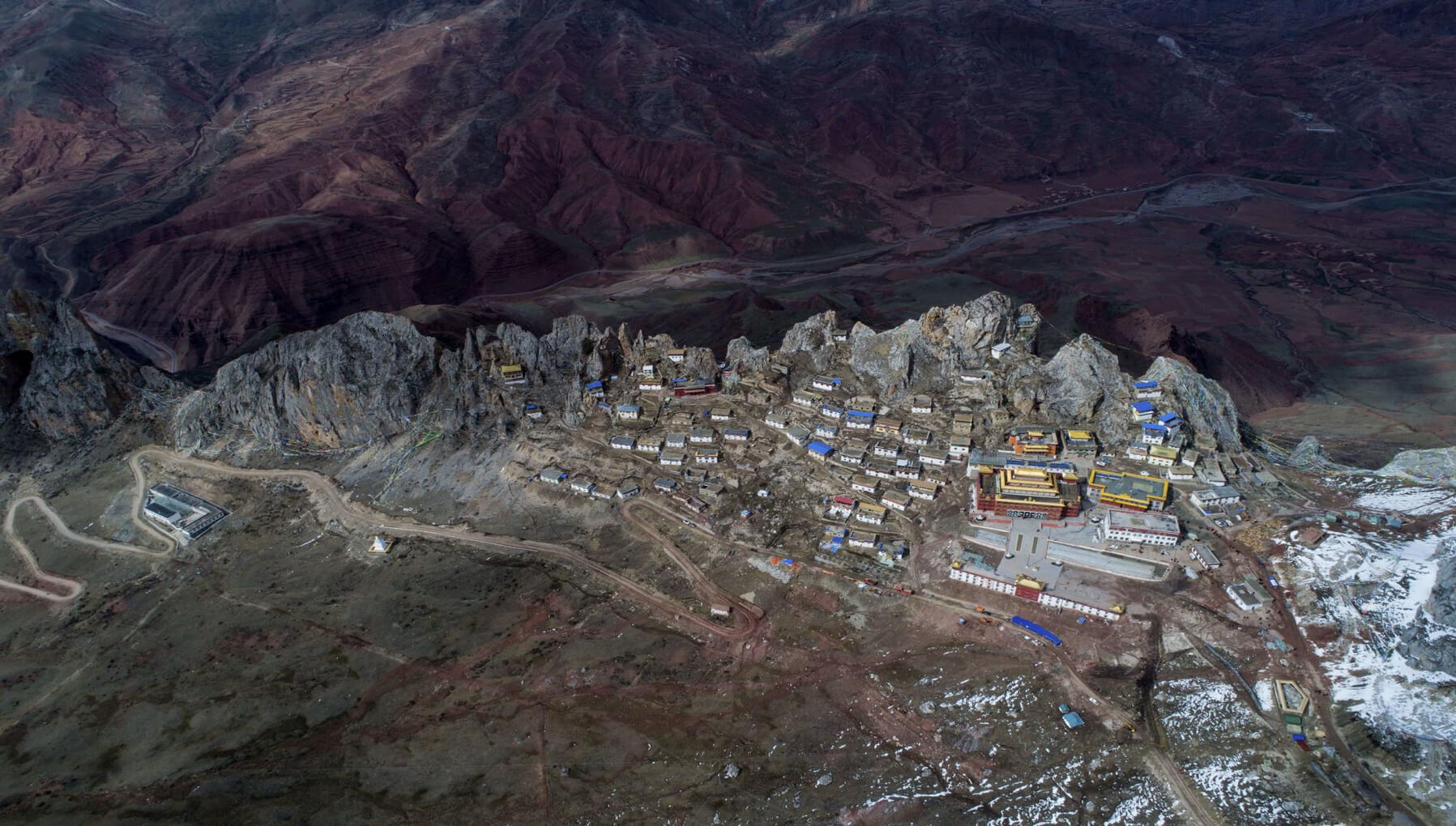What Cameras Are Compatible With Dji Phantom?
An uprated camera is equipped with a 1-inch 20-megapixel sensor capable of shooting 4K/60fps video and Burst Fashion stills at 14 fps. The adoption of titanium blend and magnesium blend construction increases the rigidity of the airframe and reduces weight, making the Phantom iv Pro similar in weight to the Phantom 4. The FlightAutonomy organization adds dual rear vision sensors and infrared sensing systems for a total of 5-direction of obstacle sensing and 4-direction of obstacle avoidance.
Quieter Flying and Updated Transmission System
Acquire MORE
- 4dB Dissonance Reduction
- OcuSync


Camera with 1-inch 20MP Sensor
The onboard photographic camera has been redesigned to utilize a one-inch 20-megapixel CMOS sensor. A custom engineered lens made upwardly of 8 elements is arranged in 7 groups, it is the commencement DJI camera to use a mechanical shutter, eliminating rolling shutter distortion which tin occur when taking images of fast moving subjects or when flying at high speed. In outcome, information technology is equally powerful as many traditional ground cameras. More powerful video processing supports H.264 4K videos at 60fps or H.265 4K at 30fps, both with a 100Mbps bitrate. Advanced sensors and processors ensure everything is captured with more paradigm detail and the paradigm data needed for avant-garde post-production.

The Phantom four Pro's camera system improves upon everything that fabricated the original Phantom 4 so iconic. Every aspect has been significantly upgraded, including the sensor size, resolution, and paradigm processing system, making it the most powerful Phantom to date. Users can also adjust aperture from f2.8-11 for more versatile imaging.
1-inch twenty-megapixel CMOS
Sensor size is more important to epitome quality than the number of pixels because a larger sensor captures more than information in every pixel, improving dynamic range, point-to-noise ratio, and depression light performance. The 1-inch xx-megapixel CMOS sensor in the Phantom four Pro is near four times the size of the Phantom 4's 1/two.3in sensor. Information technology uses larger pixels and has a maximum ISO of 12800 also as increased contrast. Information technology is good enough for images to be used immediately, while also capturing plenty detail for advanced post-processing.
PHANTOM 4 PRO i" PHANTOM iv 1/2.three"
* Effective Pixel Area

-
Color Sensitivity


-
RAW SNR xviii%


-
Dynamic Range


PHANTOM 4 PRO PHANTOM 4
Image Comparisons
-

1/two.3 Inch Sensor 1s F2.ii ISO 100 EV 0.0
Download -

PHANTOM 4 PRO 1/2s F2.8 ISO 100 EV 0.0
Production optimized 4K
An enhanced video processing system allows video to be captured in cinema and production optimized DCI 4K/threescore (4096 10 2160/60fps) at a bitrate of 100Mbps, enabling you to get loftier-resolution slow motion shots. The Phantom 4 Pro also supports the H.265 video codec (Maximum resolution 4096X2160/30fps). For a given bitrate, H.265 doubles the amount of epitome processing as H.264, resulting in significantly enhanced image quality. Record in the high dynamic range D-log manner to make the most of this image data for color grading.
Bitrate
Frame Rate
Codec
H.264 H.264 / H.265
PHANTOM iv PHANTOM 4 PRO

Sample video
High resolution lens
The resolution and contrast of a lens is disquisitional to paradigm quality, considering simply a quality lens tin capture sharp, brilliant photos at high resolutions. The brand new Phantom 4 Pro camera has an aerial optimized F2.8 broad-angle lens with a 24mm equivalent focal length. Information technology features eight elements – 2 aspherical – bundled in 7 groups that fit into a smaller, more meaty frame. Its images are consistently detailed with depression distortion and low dispersion, ensuring that photos and videos are sharp and bright. For the first fourth dimension ever with a DJI camera, MTF (Modulation Transfer Function) results take been made public, so people can get a better understanding of lens performance.


* An MTF chart is used to measure the power of a lens to reproduce contrast and resolve details. Low spatial frequencies reverberate overall contrast, and loftier spatial frequencies reflect detail resolution. Both are measured in lp/mm. Image Peak indicates the distance of a given point on the lens from the centre of the sensor. MTF 100% indicates perfect performance.

Sagittal
Meridional

Capture Every Moment
Aeriform imaging is not only used to capture landscapes; it brings new perspectives to everything from activity scenes to motor racing. Capturing objects moving at high speed has always been a challenge for flying cameras using an electronic shutter. This is why the Phantom 4 Pro is the commencement DJI Phantom to employ a mechanical shutter and a large-discontinuity prime lens. A mechanical shutter with a max speed of 1/2000s eliminates rolling shutter distortion which can occur when taking images of fast moving subjects or when flight at high speed. The electronic shutter has likewise been improved with a max shutter speed of one/8000 seconds, and a new Burst Manner shoot capable of shooting 14 fps at 20 megapixels to catch the perfect moment.

Mechanical Shutter
Electronic Shutter
User Gallery

five-Management of Obstacle Sensing
FlightAutonomy is expanded with an boosted set of loftier-resolution stereo vision sensors placed at the rear in add-on to the pair placed at the front equally well as infrared sensing systems placed on the left and right sides. This network creates a total of 5-direction of obstacle sensing and 4-management of obstruction avoidance, protecting the Phantom iv Pro from more obstacles and giving filmmakers the confidence to capture more than complex images.

6-photographic camera navigation system
Three sets of dual vision sensors form a 6-photographic camera navigation system that works constantly to summate the relative speed and distance betwixt the aircraft and an object. Using this network of forward, rearward and downwards vision sensors, the Phantom 4 Pro is able to hover precisely in places without GPS when taking off indoors, or on balconies, or even when flying through windows with minimal pilot command. In the unlikely outcome that front and down sensors are unable to operate, the aircraft can still hover in place using the rear stereo vision system. The Phantom 4 Pro too is able to fly in complex environments at a flying speed of upwards to 31mph (50kph) while avoiding obstacles in its path. In Narrow Sensing Way, the Phantom 4 Pro narrows its sensing scope enabling it to meet in more detail and fly through small spaces.

What is FlightAutonomy
FlightAutonomy is an avant-garde aerial intelligence and flight automation platform. It is made upwardly of a circuitous network of x component groups including seven cameras — frontwards, rearward and downward dual vision sensors and the principal photographic camera — an infrared sensing organisation, dual-ring satellite positioning (GPS and GLONASS), ii downward facing ultrasonic rangefinders, redundant IMUs and compasses, and a group of powerful, specialized computing cores. The Phantom iv Pro acquires a existent-fourth dimension view of its surroundings and data about the height and position of nearby obstacles to create a 3D map it tin can locate itself inside. The IMU and compasses collect crucial flight status, speed and management information, while redundant IMUs and compasses monitor critical data and rule out possible errors, dramatically enhancing the reliability of flight.
Infrared sensing system
The Phantom 4 Pro is the first DJI aircraft to use an infrared sensing system. Placed on the left, and correct sides of the shipping, these measure out the distance between the aircraft and any obstacles using infrared 3D scanning. When in Beginner Mode and Tripod Mode, these sensors have a horizontal field of view of seventy° and a vertical field of view of 20°, providing a wide view of the scene to the sides of the Phantom, and a maximum range of 23ft (7m). Traditional ultrasonic sensors but have a detection range of 3-5m and may be confused when affected by propeller vibration. The infrared sensing system is able to sense larger areas and measure the distance between the shipping, identifying the closest objects accurately while fugitive interference, providing more reliable sensing and protection.


Remote Controller with Congenital-in Screen
A 5.5in 1080p screen integrated with the Phantom 4 Pro + offers one thousand cd/m2 of brightness, more than twice as bright as conventional smart devices. As the DJI Become app is congenital into the screen, hardware and software tin can be fully optimized, allowing you lot to edit and share instantly. A five-hour battery life makes the Phantom 4 Pro + a consummate aeriform imaging solution. The integrated upgraded Lightbridge Hd video manual system supports dual frequencies for greater interference resistance and a maximum video transmission range of 4.3mi (7km)*.
*Unobstructed, free of interference, when FCC compliant.

NEW LIGHTBRIDGE VIDEO Transmission SYSTEM
The Phantom iv Pro controller integrates an upgraded Lightbridge HD video manual system that adds 5.8 GHz transmission back up. The ability to choose between 2.4GHz and 5.8GHz allows pilots to cut through interference and eliminates paradigm lag caused when flying in an surface area with extensive 2.4GHz frequency use. Normally, Wi-Fi video transmission systems use a 2.4GHz frequency to work with a controller using a 5.8GHz frequency equally this prevents interference that can occur when both utilise the same frequency. If using the aforementioned frequency the video transmission organisation and the remote controller will interfere with each other, causing image lag.
The Lightbridge HD video manual organisation used in the Phantom 4 Pro uses TDM (Fourth dimension Partitioning Multiplexing) to transmit signals, assuasive it to send controller signals and receive video manual signals at the same frequency. When switched on, the Phantom 4 Pro evaluates local signal levels, automatically choosing the transmission frequency with the everyman level of interference. This ensures the optimum range of a maximum video manual of 4.3mi (7km)*.
2.4GHz
FCC: 7000 one thousand
CE: 3500 g
SRRC: 4000 m
5.8GHz
FCC: 7000 m
CE: 2000 m
SRRC: 4000 chiliad
*Unobstructed, free of interference, when FCC compliant.
ULTRA-Vivid SCREEN
A 5.5in 1080p screen integrated with the Phantom iv Pro + offers 1000 cd/k2 of brightness, more than twice as bright as conventional smart devices. It makes bright, vivid colors easily visible in direct sunlight. Every bit the DJI Become four app is congenital into the screen, a mobile device is not required, simplifying pre-flight preparations. Integration of an HDMI port, Micro SD bill of fare slot, microphone, embedded loudspeaker, and Wi-Fi connectedness permit images to be edited inside DJI Become 4 to be shared almost instantly. Its five-hour battery life makes the Phantom 4 Pro + a complete aerial imaging solution.

- intelligent flight
- Flight Performance
- Describe
- ActiveTrack
- TapFly
- Return to Home
- Gesture Mode
- Flight modes
- iv.3mi (7km) long-range command
- Sensor redundancy
- Intelligent batteries
- DJI Get 4
Phantom comparing
| AIRCRAFT |  PHANTOM 4 PRO |  PHANTOM 4 ADVANCED |  PHANTOM 3 SE |
|---|---|---|---|
| Production Position | Entry-Level Professional person Drone with Powerful Obstacle Avoidance | Entry-Level Professional Drone | Entry-Level Drone |
| Weight (Battery & Propellers Included) | 1388 g | 1368 k | 1236 thousand |
| Max Flight Time | Approx. 30 minutes | Approx. xxx minutes | Approx. 25 minutes |
| Vision System | Frontwards Vision OrganizationBackward Vision SystemDown Vision System | Frontwards Vision ArrangementDownward Vision System | Downward Vision Organisation |
| Obstruction Sensing | Forepart & Rear Obstruction Avoidance Left & Right Infrared Obstacle Avoidance | Front Obstruction Avoidance | N/A |
| Camera Sensor | 1'' CMOSConstructive pixels: xx M | 1'' CMOSEffective pixels: 20 M | 1/two.iii'' CMOSEffective pixels: 12 K |
| Max. Video Recording Resolution | 4K 60P | 4K 60P | 4K 30P |
| Max Transmission Distance | FCC: 4.iii mi | FCC: 4.three mi | FCC: 2.5 mi |
| Video Transmission System | Lightbridge | Lightbridge | Wi-Fi |
| Operating Frequency | 2.4 GHz/5.8 GHz *5.eight GHz transmission is non available in some regions due to local regulations. | two.4 GHz | 2.four GHz/5.8 GHz *v.8 GHz transmission is not available in some regions due to local regulations. |
CONSUMER DRONES Comparing
Source: https://www.dji.com/phantom-4-pro
Posted by: ginngrens1986.blogspot.com













0 Response to "What Cameras Are Compatible With Dji Phantom?"
Post a Comment